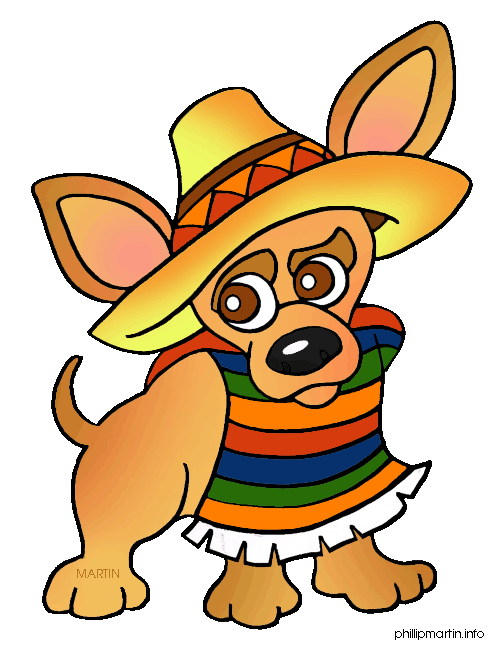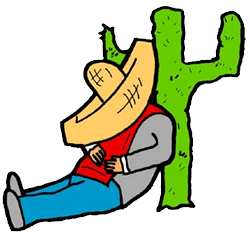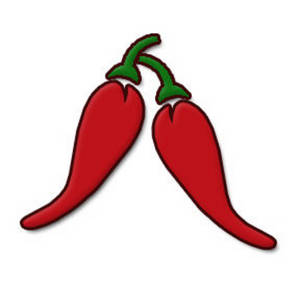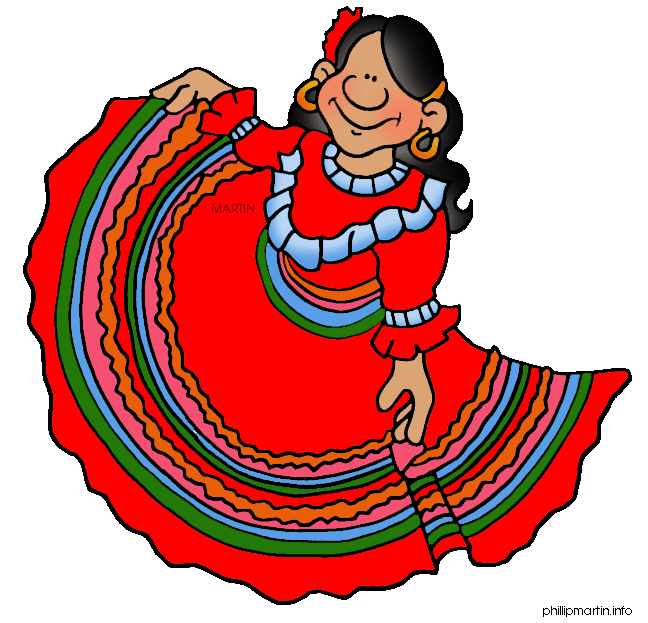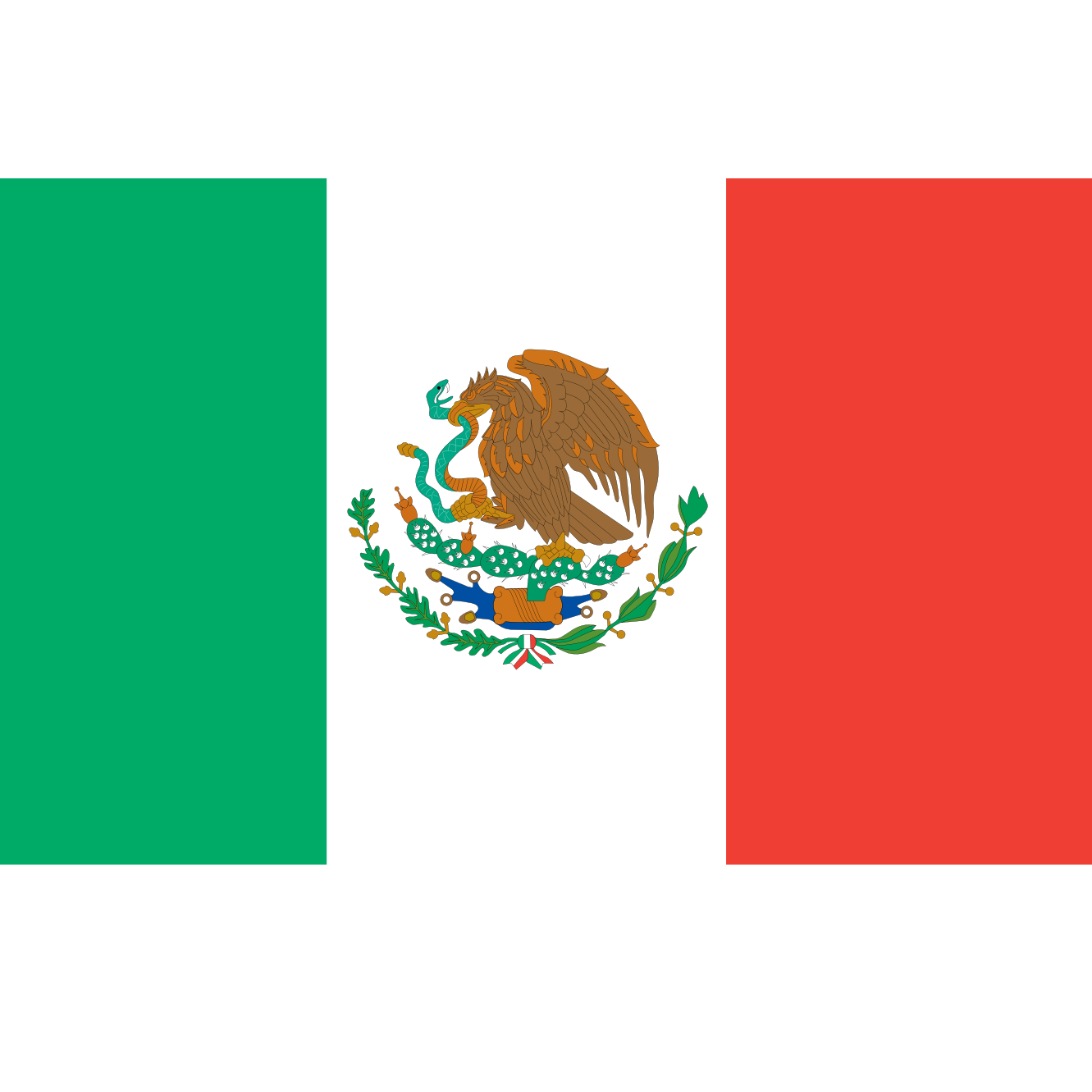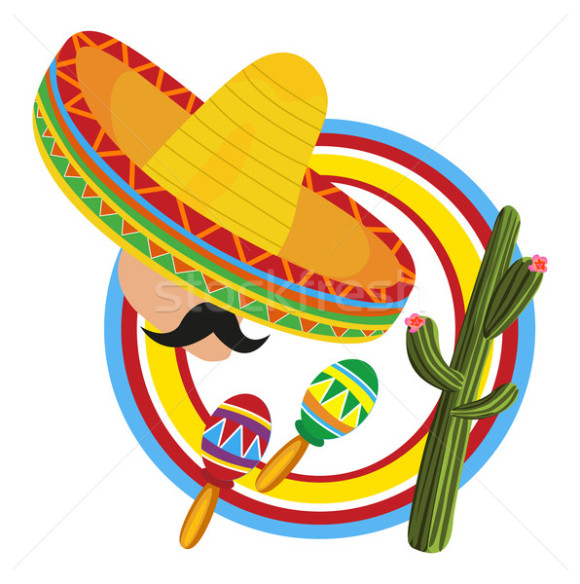Mexican Clip Art
Mexico has a rich culture that dates back thousands of years. Various indigenous civilizations like the Aztecs and Mayans developed complex traditions, artwork, architecture and more well before Spanish colonization brought European influences as well. This unique hybrid of Mesoamerican and Spanish culture has created vibrant artistic traditions still seen today. Common Mexican imagery and symbols have become globally iconic.
This article will explore the background and meaning behind symbols, figures, patterns, holidays, attire, cuisine and other visual elements commonly associated with Mexican and Mexican-inspired graphic art.
Common Mexican Symbols
Sombreros, cacti, and maracas have become almost cartoonishly iconic images representing Mexican culture. These symbols endure because they encapsulate landscape, attire, music, and history.
Sombreros come from traditional wide-brimmed hats worn by farmers and ranchers for protection from the sun. Cowboy or vaquero culture has strong Mexican roots.
Cacti like saguaro and prickly pear cactus thrive in Mexico’s arid north, their distinctive shapes defining the visual landscape.
Maracas mimic the sound of sonajas – dried gourds filled with seeds that are shaken during Latin American dances.
Traditional Attire
Clothing and textile arts often interweave indigenous styles and techniques with Spanish influence. Bright colors, elaborate embroidery, and natural materials define traditional looks.
Huipils are loose-fitting tunics featuring colorful stitching and designs unique to each village.
Serapes are blankets with stripes and diamond motifs.
Huaraches are leather sandals styled with pre-Hispanic roots.
Folk Art Traditions
Artisans preserve ancient handicraft techniques in Mexican artesanía. Common folk art themes include wildlife, flora, religious icons, and scenes of rural life. These intricate works demonstrate masterful craftsmanship with clay, wood, textiles, tin, and paper.
The highly collectible works of Mexican folk artists like Sergio Bustamante showcase these traditional styles and techniques while also incorporating modern and whimsical elements. Their vibrant colors and designs frequently appear in Mexican graphic art.
Celebrations and Holidays
Holidays offer glimpses into Mexico’s layered history with both pre-Hispanic and Catholic influences.
Day of the Dead celebrates deceased ancestors through candy skulls, marigold flowers, and colorful papier-mâché skeletons in festive scenes.
Cinco de Mayo commemorates an 1862 battle victory over French forces with street fairs and parades.
Independence Day fiestas on September 16 feature flags, carnival rides and traditional chiles en nogada – a green, white and red dish resembling the Mexican flag.
Traditional Food and Cuisine
With flavor influences from native crops and pre-Hispanic cooking techniques combined with cattle, spices and preparation methods introduced by Spanish colonials, Mexican cuisine developed into a unique fusion that visually encapsulates the country’s rich history.
Ingredients like corn, chiles, beans, squash and more remain dietary staples with deep roots in Aztec and Mayan agriculture. Culinary specialties include mole sauces, tamales steamed in banana leaves or corn husks, puffed wheat, and chocolate.
Dance and Music
Festive dances revolve around stories of nature, rural life, courtship and revolution. The interrupter (or wedding marauder) dance dramatizes a wedding scene with a mischievous character disrupting events. Folk dances like La Negra have balletic indigenous roots.
Mariachi bands with their silver-studded charro suits, bajo sextos, trumpets and violins continue to represent traditional music.
Archaeological Sites
From step pyramids dating back thousands of years to colonial architecture, historic sites showcase Mexico’s layers of civilization.
Maya sites include:
- Chichen Itza with its massive step pyramid and observatory
- Uxmal known for rounded architecture featuring repetitive masks of the rain god Chac
Aztec sites include:
- Templo Mayor in Mexico City, an excavated Aztec temple at the empire’s former center
- Tula’s iconic warrior statues in Hidalgo
Spanish colonial sites include:
- Palacio de Gobierno’s baroque facade
- Monterrey’s elaborate bishop’s palace
Notable Figures
Frida Kahlo’s deeply personal self-portraits proudly spotlight her Mexican indigenous roots with themes of nature, pain, and life/death symbolism. Film stars like Cantinflas spotlighted Mexican comedy while artists like Tina Modotti captured cultural life through photography during the 1920s Mexican Renaissance. Revolutionary figures like Emiliano Zapata and Pancho Villa leading massive cavalry charges remain iconic in Mexican iconography. Their charismatic visages live on in posters, paintings, and film.
Modern Culture
Mexican graphic artists like Guadalajara’s Dulce Pinzόn incorporate folkloric images like lucha libre masks with surreal creativity in their prints, murals and linocuts. La Adelita embodies the spirit of the Mexican Revolution as an archetypal female revolutionary.
This small sampling shows how Mexican visual arts encapsulate a rich, layered cultural identity – both past and present. Timeless symbols endure not through kitschy stereotypes but through their ability to convey an ethnic, regional and national spirit across centuries.
In this page clipartix present 58 mexican clipart images free for designing activities. Lets download Mexican Clip Art that you want to use for works or personal uses.







